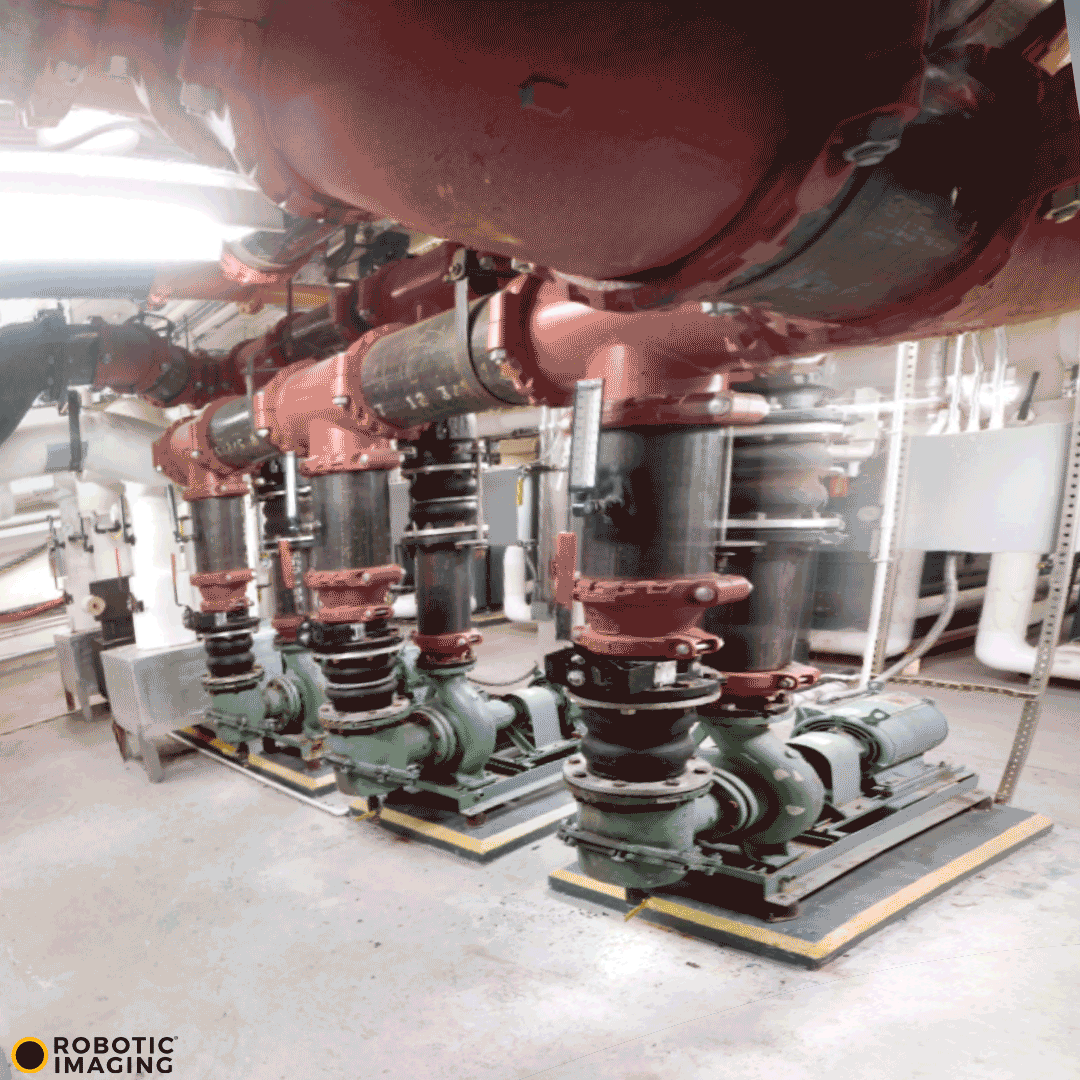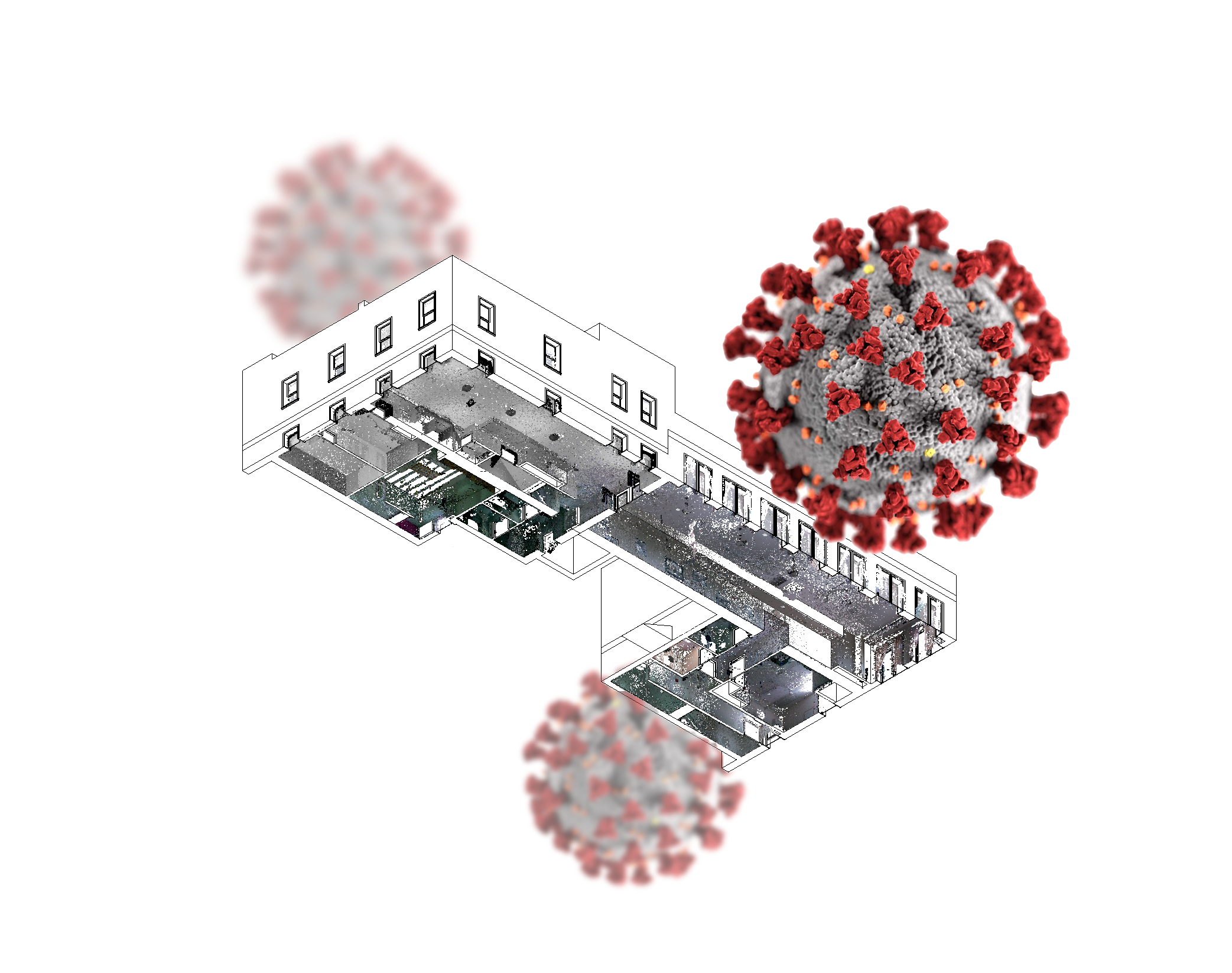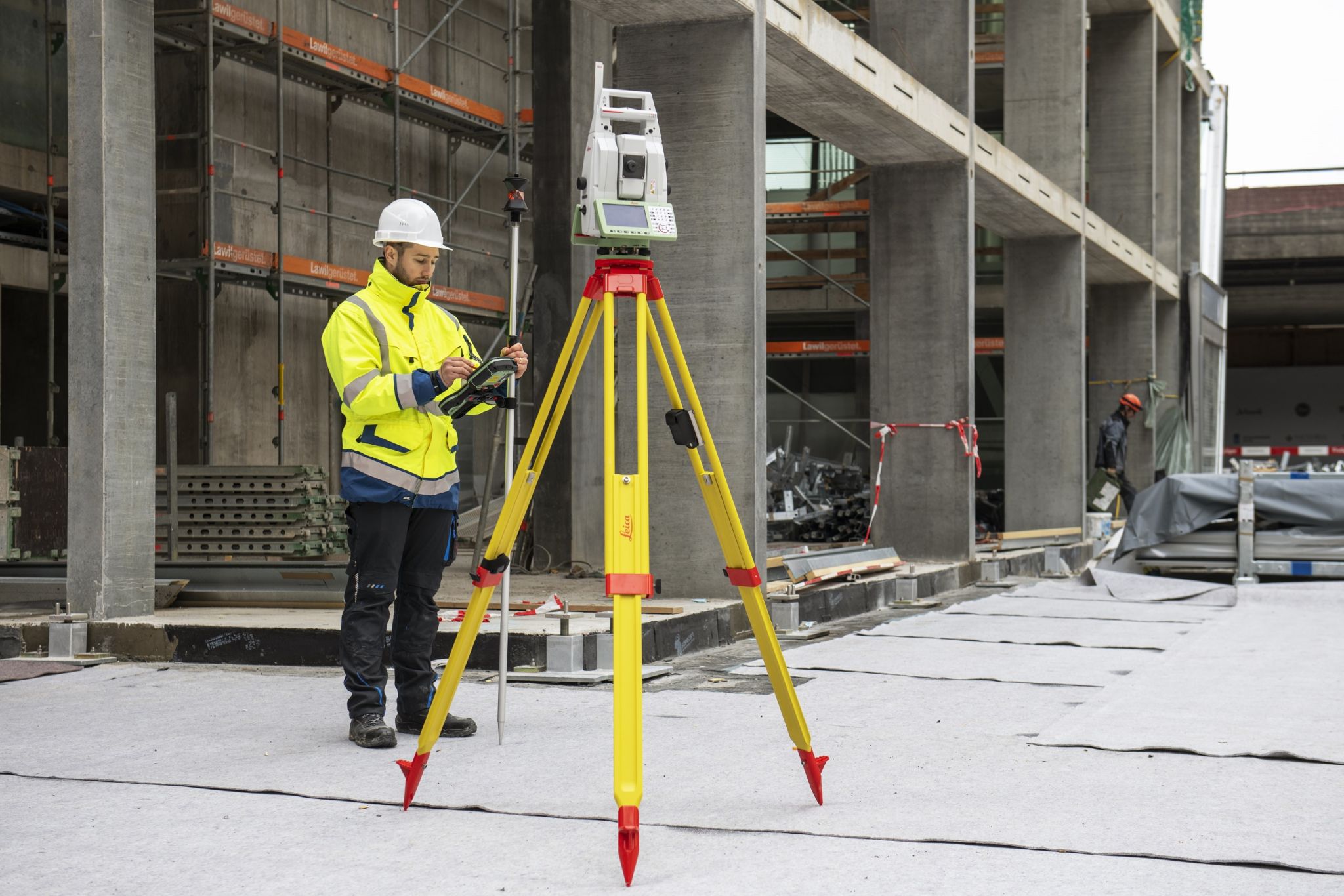
Robotic ImagingMarch 21, 2022
The construction industry sometimes is slow to adapt to new innovations. However, with the new era of technology consisting of virtual reality, LiDAR scanning, and Revit modeling, industry standards are adapting. Firms have been quickly adapting to integrate new technologies that best simulates environments for their clients. One can walk through a VR simulation of a 3D model of what the building should look like or the current conditions.
VR allows contractors, developers, architects, and engineers to best experience a space in life-sized proportions. If one is experiencing a VR environment prior to design development, one can quickly call out and catch certain design flaws and discrepancies. As a result, precious time and funds can be saved. VR is on track to evolve even more, so individuals can soon see, touch, and interact with these digital spaces. It’s a perfect way to visualize point clouds. The opportunities granted with VR seem virtually limitless. It’s not just for entertainment purposes. But instead, VR and this data extraction has practical applications. People can learn visually and discover mistakes, without damaging the site itself, as this occurs in a digital realm.
Suggested reading: If you want to learn more about architectural visualization, check out this article.
This ever-evolving technology provides more insight to as-built projects. It allows designers and architects to be more faithful to the building. The data extracted from the site enables designers and architects to better understand their own design intentions. The technology is constantly evolving, making this service cheaper and easier to use. More specifically at Robotic Imaging, we can now single handedly scan a site and send data to our clients within a matter of days. Get your 3D Models and 2D Plans fast with Robotic Imaging and schedule a consultation today.

